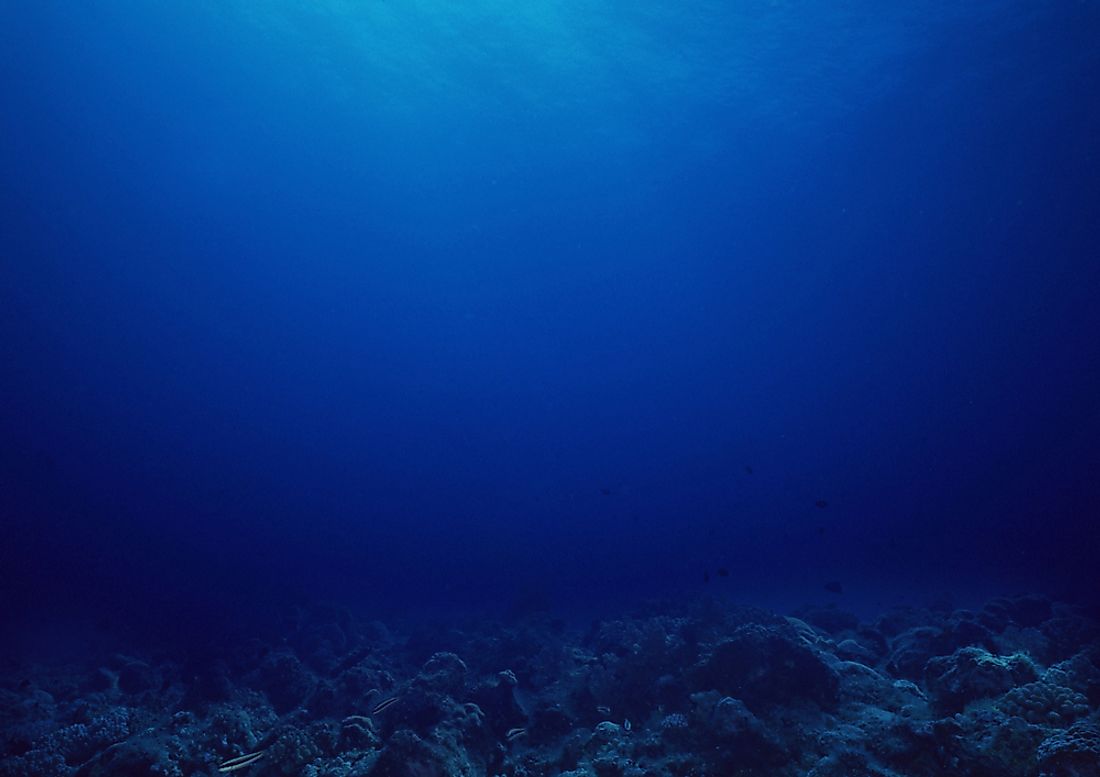Blobfish Facts

The Blobfish are mysterious creatures, found in the deep sea waters off the coast of Australia and New Zealand. They inhabit the deep seas where water temperatures are slightly above the freezing point with high pressure. In popular culture, the blobfish has been voted the world’s ugliest animal due to its physical appearance. These species lack economic value as they can neither be used as a source of food nor kept as pets.
4. Behavior
Blobfish reproduce like other fish where the female lays thousands of tiny eggs on the ocean floor, then she and her mate sit on the eggs guarding them against predators. Due to their physical characteristics, they grow at a very slow rate and can live up to 130 years. They only face threats from humans where they are trapped in deep sea trawlers. Blobfish have no commercial value and cannot be reared as pets as an aquarium cannot have the natural conditions required for survival. When trapped in nets, they are taken back to sea but the majority do not survive beyond their natural depth
3. Habitat and Range
The Blobfish are mainly found in the deep sea waters along the coasts of mainland Australia, New Zealand, and Tasmania. They inhabit the dark and cold parts of the ocean below 1,000 feet. At this range, no sunlight penetrates into the floor of the ocean hence, no vegetation survives. Additionally, water temperatures are just slightly above the freezing point at 36 0 F and a pressure which is 100 times higher as compared to the pressure at sea level. Blobfish are caught by bottom trawling nets that are used by specially designed submarine rovers able to penetrate to deep sea floors of high pressure that would otherwise cramble normal submarine vessels.
2. Diet
The Blobfish is limited by its body morphology to swim and hunt for prey. Since it has very few muscles, it is believed to hover around the sea floor awaiting for food consisting of floating sea crustaceans, dead biomass from above, and larvae. It also picks up slow-moving sea creatures such as sea slugs, snails, and sea urchins which have been found in the bellies of some dead blobfish examined by scientists.
1. Physical Description
The blobfish belongs to the Psychrolutidae family which contains tadpole-like fatheads making up for 40% of their body mass. The globous head has a blunt fat-filled snout, dark eyes, and a huge mouth with villiform teeth on both jaws. Unlike other fish, it does not have scales; instead, it has a smooth, flabby, and jelly-like pink skin that allows it to withstand water pressure. It has a glutinous mass whose density is slightly less than that of water to enhance natural buoyancy while using up very little energy. Moreover, they lack a swim bladder since they would collapse in the high atmospheric pressure causing their body to burst. The fish has soft cartilaginous bone similar to a shark that constrict in response to extreme water pressure at sea without breaking. In addition, it has very few muscles, only enough to perform basic functions like feeding, opening its gills to breathe and hovering just above the ocean floor.











